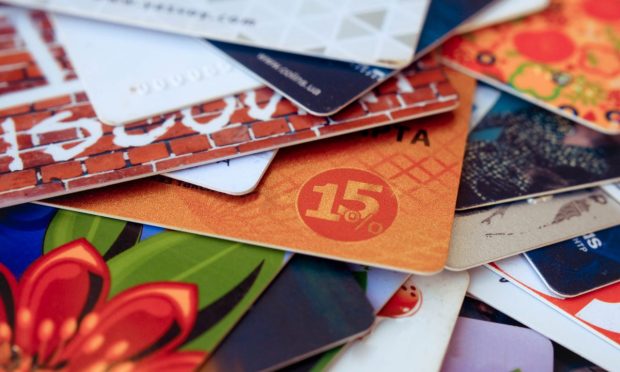‘Branded Currency’ Unlocks $21 Billion of Unspent Gift Cards

Brands face a conundrum when it comes to boosting top lines.
While they ideally want to grow their customer bases, it can be more expensive to find a new customer than to retain an existing one — and grow their loyalty.
Brendan Grove, chief technology officer and co-founder of AdTech company Prizeout, told PYMNTS in an interview that brands are re-examining their cost structures and go-to-market strategies.
Branded currency — the currency that’s attached to gift cards — can be a strategic differentiator in all cases he said.
The equivalent of $21 billion is sitting unused on gift cards. Harnessed correctly, brands can use that currency to unlock that value, engage and re-engage with customers, cement brand loyalty and find new audiences.
“Marketers looking for an edge isn’t necessarily something new,” said Grove.
But in the current environment, beyond the increased competition across platforms for consumers’ share of wallet, the very cost of capital is going up.
Looking for More Brand Efficiencies
“Brands are looking more and more for efficiencies — and not always just new user growth,” he said. “Increasing the lifetime value of a customer is becoming a big focus.”
The three pillars of customer strategy rest with awareness, consideration and intent. An optimal strategy can leverage gift cards through digital channels to touch on each of these pillars simultaneously.
Through platform models such as Prizeout’s, digital gift cards make the leap into that “branded currency” concept, he said. The company’s AdTech platform connects partner firms with consumers who are typically looking to “cash out” those cards via the platform’s bonus offers and incentives that are worth more than what might be termed the “face value” of the card.
“The reason that we’ve started to move away from digital gift cards to the term branded currency is because it’s not a gift,” said Grove. “It’s self-use.”
Thus, instead of a brand spending money on Facebook to potentially reach a user and add to its customer ranks, the brand is effectively spending money on the user by providing a personalized deal that offers them extra money.
“That 10% to 12% that’s added on is cheaper than acquiring a customer in most other ways,” he said. “The brand gets the conversion; the user gets the money.”
Prizeout has partnered with companies in over 10 verticals, including credit unions, banks, the gig economy, gaming and more. The company partnered with Flatiron Gaming in March to bring real-money gaming brands new channels through which they can offer promotions for digital cards. The gaming companies don’t pay for clicks or impressions and instead gain the advantage inherent in targeting and retargeting users as they see fit, Grove said.
With a nod to another partnership announced late last year, this time with Square, the model has been extensible across all manner of verticals, he said. The joint efforts allow Square’s enterprise clients to link their accounts to Prizeout and turn their digital gift cards into a range of withdrawal solutions that fit individual customers’ value propositions.
Looking ahead, Grove said that unlocking that $21 billion in brand currency currently frozen in unused gift cards will be made easier by the “continuing shift to digital — and by brands being digital-first.”
Those cards are sitting unused in consumers’ desk drawers, and in the meantime, those consumers are looking for extra spending power. The intersection of brand awareness, self-directed spending, and the digital platform model aiding it all, he said, “will drive down those unspent funds.”

